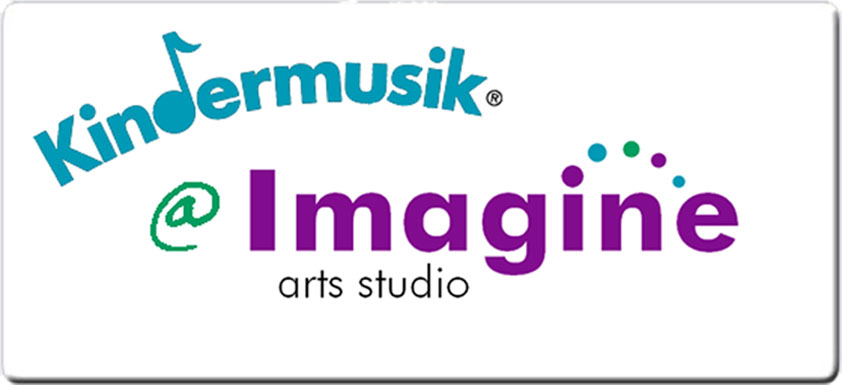While your child is developing an understanding of language, it is important that he be given many opportunities and experiences to hear and feel a wide range of speeds; from slow to moderately steady, to quick.
The best way to do this, of course, is through music. And it’s a lot of fun, too.
Do you know the song Skip to My Lou? If you don’t, it’s easy to learn. Just look it up online to learn the melody, and then try this game.
The words go:
Skip, skip, skip to my Lou.
Skip, skip, skip to my Lou.
Skip, skip, skip to my Lou.
Skip to my Lou, my darlin’.
Skip, skip, skip to my Lou.
Skip, skip, skip to my Lou.
Skip, skip, skip to my Lou.
Skip to my Lou, my darlin’.
Skipping usually comes naturally by about Kindergarten. If you don’t yet have a skipper, that’s okay. You skip while you sing, either with your baby in your arms or on the floor. Your toddler may just watch you at first, while your preschooler may give it a try.
Now, substitute movement words, and vary the tempo.
For example: really slowly…
Creep, creep, creep to my Lou.
Creep, creep, creep to my Lou.
Creep, creep, creep to my Lou.
Creep to my Lou, my darlin’.
Creep, creep, creep to my Lou.
Creep, creep, creep to my Lou.
Creep, creep, creep to my Lou.
Creep to my Lou, my darlin’.
Here’s a whole host of movement words to get you started:
march, twirl, sway, rock, run, walk, gallop, lunge, wiggle, prance, spin, waddle, slither, swoop, slide, hop, jump, leap, nod, crawl, kick, wave, shake, flop, stretch, swim and bounce
march, twirl, sway, rock, run, walk, gallop, lunge, wiggle, prance, spin, waddle, slither, swoop, slide, hop, jump, leap, nod, crawl, kick, wave, shake, flop, stretch, swim and bounce
Alternate between the two extremes of fast and slow, and notice the joyful realization on your child’s face (even your baby!) when she anticipates what is next.
-post created by Miss Analiisa, at Studio3 music, located in Seattle Washington.

No comments:
Post a Comment